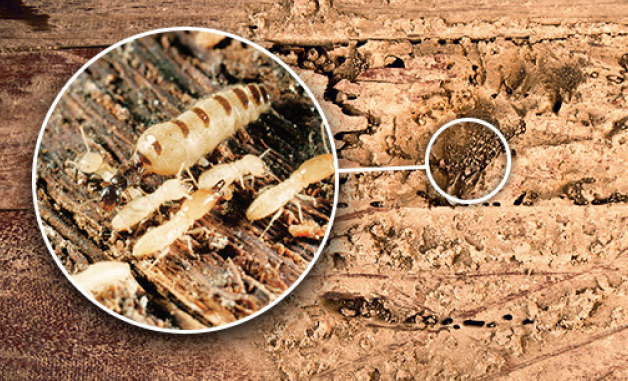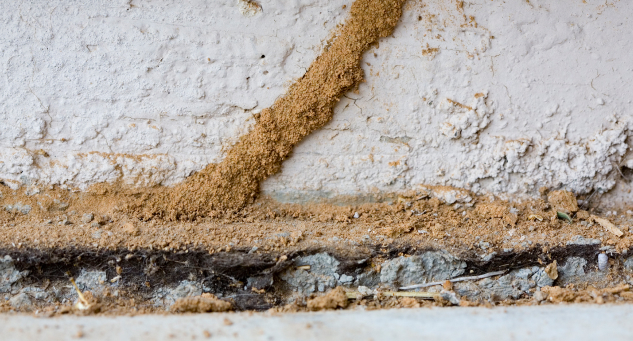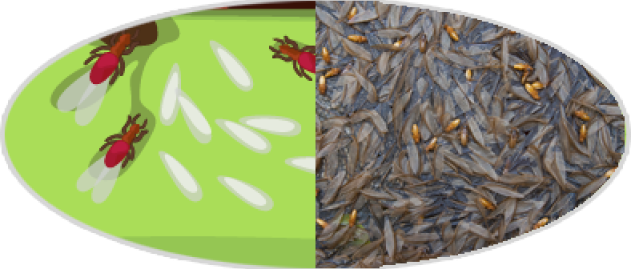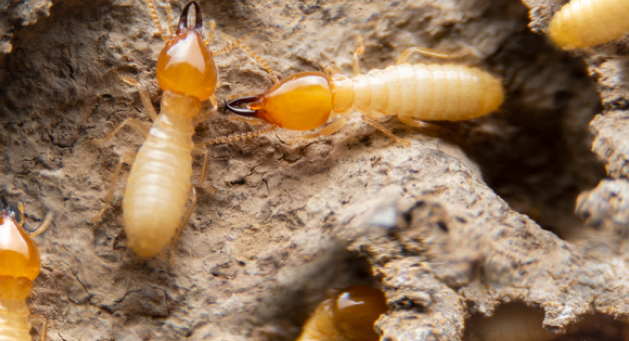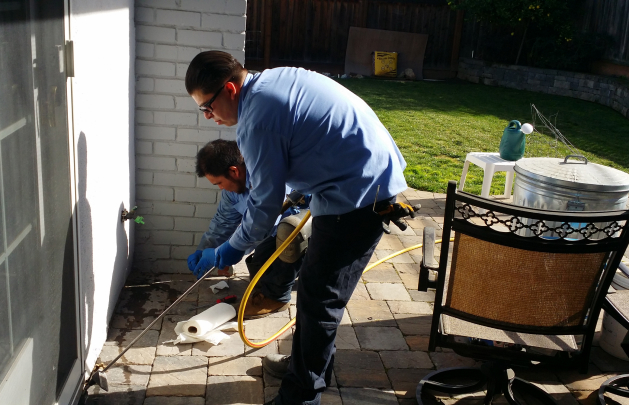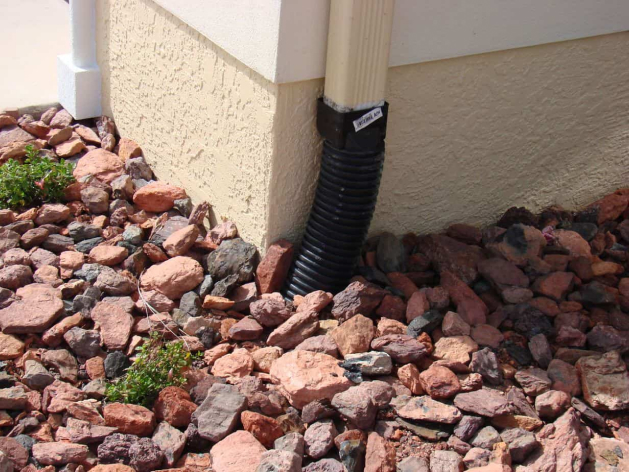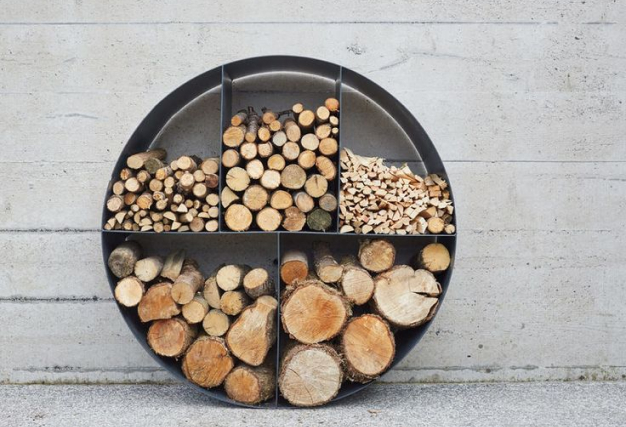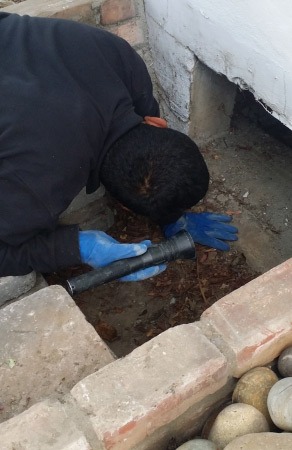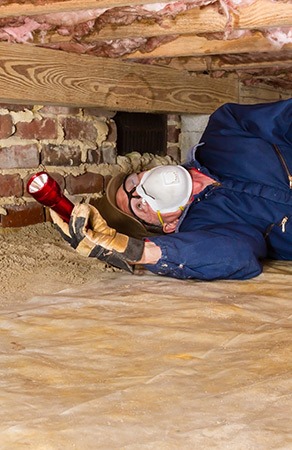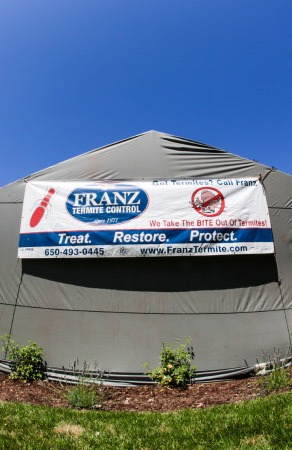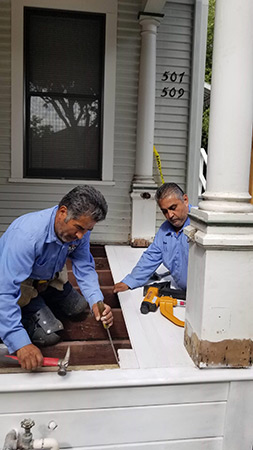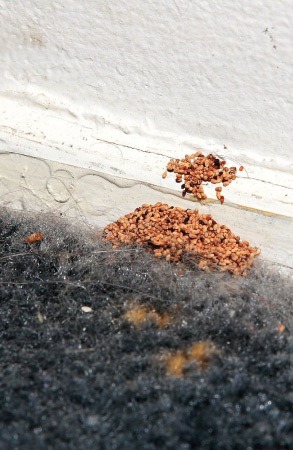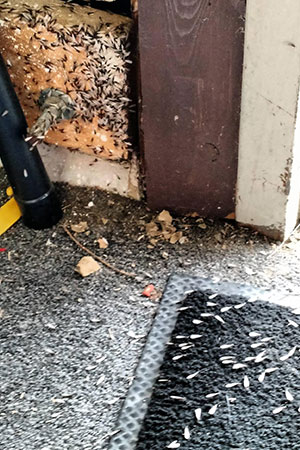Telltale Signs of Subterranean Termites: Mud Tunnels and Fallen Wings
What Makes Subterranean Termites Unique?
Subterranean termites differ significantly from their drywood and dampwood counterparts. Rather than nesting directly within wood, subterranean termites establish colonies underground. This strategy shields them from weather extremes and allows them to access a wider range of environments. In contrast, drywood and dampwood termites nest inside the wood they infest.
Subterranean termite colonies may get so large that sub-colonies may eventually form, spreading the infestation rapidly to other areas of your home!
How to Spot Subterranean Termite Activity
To travel between their underground nests and wooden structures, subterranean termites build distinctive passageways called “mud tubes” or “mud tunnels.” These narrow, pencil-thin tubes act as vital conduits between their nest and their food source, facilitating a steady flow of workers to and from the wood they consume.
Mud tubes typically appear along your home’s foundation and sometimes even extend up walls. They resemble thin trails of dirt and are an unmistakable sign of termite activity. If you find one, try carefully slicing it open to see if termites are inside. This can help confirm if the colony is still active

